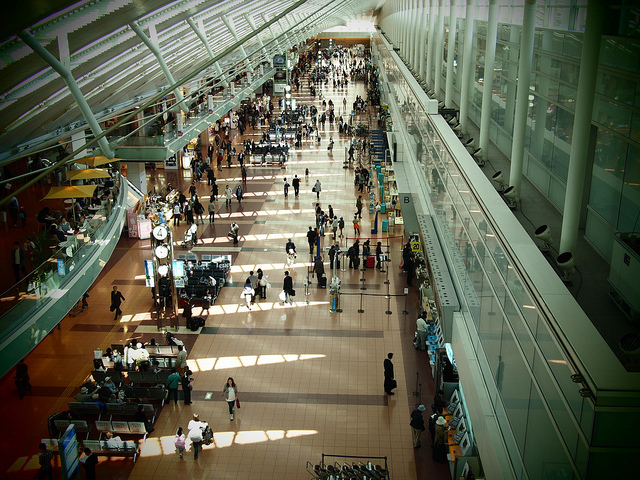By Alison Taylor, Demographer and Research Analyst, City Futures Research Centre
‘The world is a book, and those who do not travel read only a page’ – St Augustine
As our winter and the northern hemisphere summer holidays approach, Australians’ love of travel comes to the fore – I’m packing my bag right now! For some it’s a short holiday; but others combine travelling with work to extend their stay. I wonder how the working holiday has been impacted by the GFC?
Many people continue to travel to Australia – some stay so long they actually get counted as part of Australia’s population. (To be counted, they must stay for 12 months out of a 16 month period.)
In 2013-14, about 50,000 people entered Australia on a visitor visa but stayed for at least 12 months. In that same year, around 16,000 people on visitor visas left after an extended stay. This resulted in the addition of 33,000 longer term visitors to Australia’s population, up over 50% from a decade earlier.
Similarly, the number of people on working holiday visas has increased dramatically over the last decade. The net addition to Australia’s population in 2013-14 (27,360 people) was up almost three-fold on numbers from 10 years ago (9,400).
There was a GFC-related dip in 2009-10, after which arrivals peaked in 2012-13. For the first time in the past four years, arrivals eased in 2013-14.
More people generally arrive on working holiday visas, than depart. However in 2013-14, this ratio was at its lowest with just two arrivals for every departure. Does this reflect Australia’s declining attractiveness? Are there fewer jobs available since mining employment eased? Are recent currency movements having an impact?
And what of Aussies travelling overseas? Not just for a quick holiday but a longer-term stay. Over the past decade, more Australians have departed permanently for overseas than those who returned to Australia. At the beginning of the decade, a total of around 20,000 people each year were lost. As the GFC hit, the number of Australians returning home increased while the number departing eased, resulting in a very small net loss of less than 2,500 people in 2008-09.
In 2013-14, the number of Australians returning was at its lowest level since 2005-06, while the number departing permanently was at a decade-long high. As a result, the population loss in 2013-14 was back to pre-GFC levels of around 20,000 people. Are Australians finding better options overseas and not returning after their working holidays? Are the jobs available in the global marketplace providing better returns than those on offer in Australia?
Perhaps the ease of international travel has contributed to more long-term overseas postings. A quick trip home a couple of times each year can ease the separation from family and friends.
I can’t help thinking that this is an overlooked opportunity in our quest for new industries and innovative responses to the post-mining dominated economy. We need to attract our diaspora back to contribute to the development and functioning of our cities; to bring their insights, assets and experience. Australia needs to enhance its global connectivity and this is one obvious way.
“No one realizes how beautiful it is to travel until he comes home and rests his head on his old, familiar pillow.” – Lin Yutang
Well I’ve got to run for my plane now. I’m off to read some more pages in my book of world travel. But I’ll be looking forward to returning to my very own pillow.




No Comments so far ↓
There are no comments yet...Kick things off by filling out the form below.